Buying a new TV can be an exciting yet confusing task, especially with a wide variety of options available on the market today. Terms like "4K," "OLED," and "refresh rate" are being tossed around, it’s easy to feel overwhelmed. But don’t worry, this simple and indepth guide will walk you through everything you need to know about choosing the best TV for your needs. From screen size and resolution to smart features and budget considerations, this guide has everything to ensure that you make the right decision.
1. Why Choosing the Right TV Matters
A television is more than just a screen—it’s the means to entertainment, sports, news, movies, and gaming. Whether you’re a casual viewer or a techie, choosing the right TV can greatly improve your experience and make it more enjoyable. Investing in the right TV for your home and requirements will make a huge difference in the long run. It’s worth investing the time to get it right.
2. Points to Consider for Choosing a TV
There are multiple key factors to consider when purchasing a new TV. Let’s go over them individually:
a) Screen Size
One of the most important aspects of a TV is the screen size. Larger screens offer a more immersive experience, but the size of your room and the distance between the TV and seating area affects your choice.
•Medium-sized rooms (like living rooms or family rooms) are suitable for TVs between 50 to 65 inches.
•Large rooms or home theaters can accommodate TVs 70 inches or more.
Viewing distance: A good rule of thumb is to sit 1.5 to 2.5 times the diagonal screen size from your TV. For example, if you have a 55-inch TV, the optimal viewing distance should be around 6.9 to 11.5 feet.
b) Resolution
Resolution equals to the number of pixels that make up the image on the screen. More pixels would mean a sharper and clearer picture.
•4K (Ultra HD): The most popular resolution on the market today. It has 4 times more pixels than 1080p. 4K TVs offer significantly better picture quality compared to full-HD displays. Most streaming services and Blu-ray players now support 4K content.
•8K: With 16 times the resolution of 1080p, 8K offers incredibly sharp images. Limited 8K content available right now is a negative. These TVs are also much more expensive, so unless you’re an avid tech enthusiast, 4K is more than enough for your home.
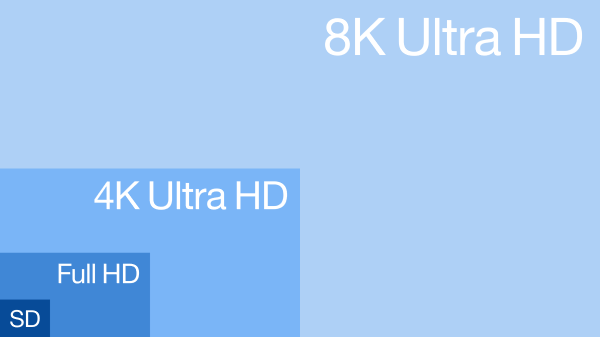
c) Display Technology
There are several types of display technology, each offering a different viewing experience.
•OLED (Organic Light Emitting Diode): OLED TVs offer stunning picture quality with deep blacks and vibrant colors. Each pixel on an OLED screen emits its indvidual light, allowing for precise contrast. OLEDs are perfect for movie lovers and people who desire high-quality visuals. But they are considerably more expensive.
•QLED (Quantum Dot Light Emitting Diode): QLED is a variation of LED that uses quantum dots to enhance color accuracy and brightness. QLED TVs are commonly seen in Samsung models. They are brighter than OLEDs but don’t equal their deep black levels.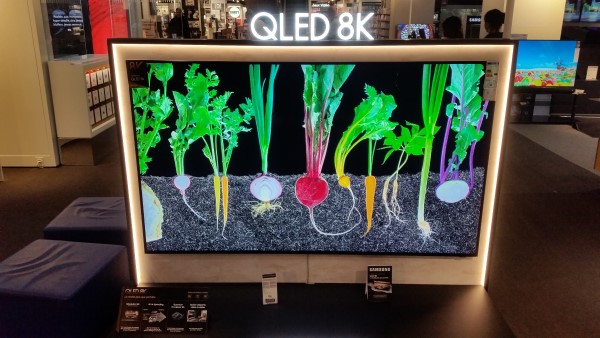
d) Refresh Rate
The refresh rate of a TV refers to the number of times per second the image on the screen is refreshed. It is measured in the unit Hertz (Hz).
Most TVs these days are "smart TVs". They come with built-in internet connectivity and apps for streaming services like Netflix, Hulu, Disney+, and YouTube. When buying a TV, it’s essential to review the smart features:
Check the number of HDMI connectivity ports on your TV, if you plan to connect multiple devices like gaming consoles, soundbars or Blu-ray players. Most TVs come with at least 3 HDMI ports, but it’s always good to verify.
While most TVs today come with built-in speakers, the sound quality isn’t always the best due to slim panel designs. If you care about sound quality, you may want to invest in a soundbar or a home theater system for richer, more immersive audio.
If you love watching movies, you’ll want a TV with deep blacks, vibrant colors and good contrast ratios. Here’s what to consider:
Serious gamers need TVs with fast refresh rates, low input lag and excellent picture quality. Here’s what to look for:
If you’re just a casual viewer who watches a bit of everything, you can get away with a more pocket-friendly choice.
If you love watching live sports, you’ll need a TV that offers smooth motion and bright, clear video.
There are many TV brands on the market, each offering a wide range of models. Here are some of the most well-known brands and what they’re famous for:
TV prices vary widely based on the screen size, technology, features and brand. Here’s a rough breakdown of what features you can expect at different price ranges:
When buying a TV for your home, it’s important to consider the product warranty and return policy. Most TVs come with a 1-year manufacturer warranty, but you can often purchase additional extended warranties for extra protection. Make sure to read the fine print details to see what’s covered in your plan. Also, check the retailer’s return policy—some stores allow you to return the TV within 30 days of purchase if it doesn’t meet your expectations.
Buying the right TV doesn’t have to be complicated if you know what to look for. Whether you’re into movies, gaming or just casual watching, there’s a perfect TV out there for your home. Consider factors like screen size, resolution, display technology and smart features when making your decision. With the tips in this guide, you’ll be well-set to choose a perfect TV that will keep you entertained for years to come.
•120Hz: Offers smoother motion as it has 120 frames per second. It is useful in fast-moving scenes, such as in sports or action-packed video games. If you’re a gamer or watch a lot of fast-action content, a 120Hz TV can provide a significantly better experience than 60Hz.
e) Smart TV Features
•Voice Assistants: Smart TVs now come with voice assistants like Alexa, Google Assistant or Bixby. They allow you to control your TV and smart home devices with voice commands.
•App Availability: Check whether your favorite streaming apps are supported by the TV. Some cheaper smart TVs may not support all services, which can limit your viewing experience.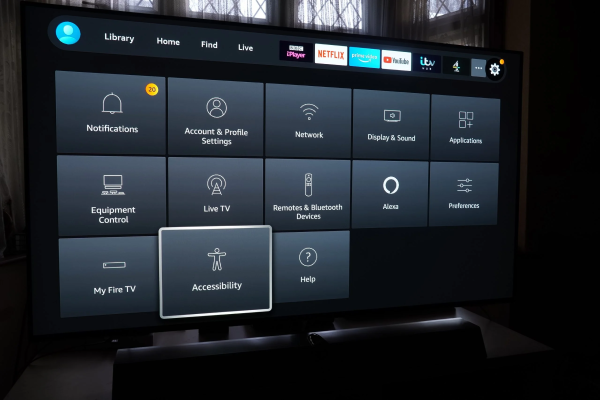
f) Connectivity
•USB Ports: These can be very useful for connecting external storage drives to play videos or view photos.
g) Sound Quality
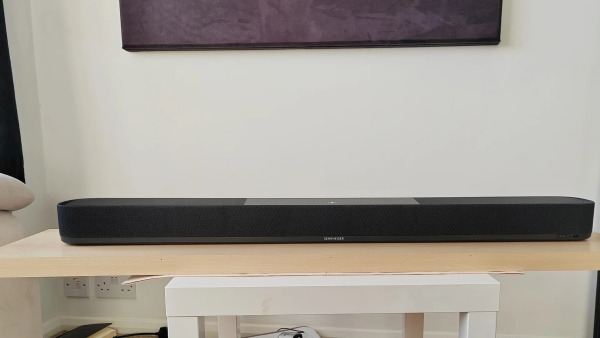
3. Choosing based on Your Use Case
Different people use their TVs for different purposes. Understanding your main use will help you choose the perfect TV for your needs.a) For Movie Lovers
•Display: OLED TVs are the best choice for movie enthusiasts because they offer perfect blacks and wide viewing angles. This makes movies look absolutely stunning.
•Screen Size: A large screen (55 inches and above) is crucial to create a more cinematic experience.
b) For Gamers
•Low Input Lag: Look for a TV model with a low input lag (under 20ms) for a responsive gaming experience.
•HDMI 2.1: Ensure your TV supports HDMI 2.1 ports, especially if you’re gaming on a console like PS5 or Xbox Series X.
c) For Casual Viewing
•Brightness: Choose a TV with good brightness levels (QLEDs are excellent for this). This ensures that the colors pop, even in well-lit rooms.
d) For Sports Fans
•Brightness: Choose a TV with good brightness levels (QLEDs are excellent for this). This ensures that the colors pop, even in well-lit rooms.
4. Which TV Brand to Choose?
5. TV Price and Budget Considerations
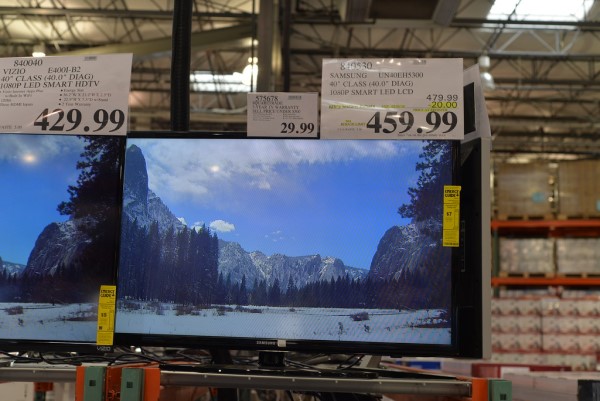
6. Understanding TV Warranties and Return Policies
7. Conclusion
